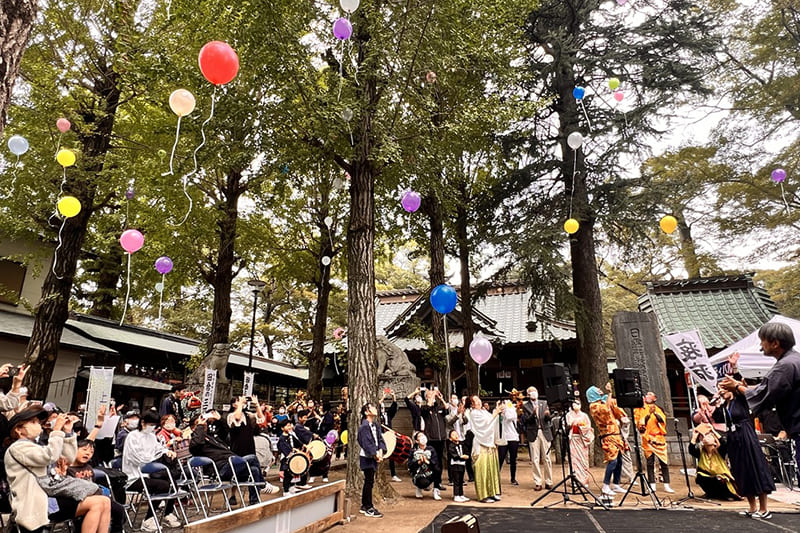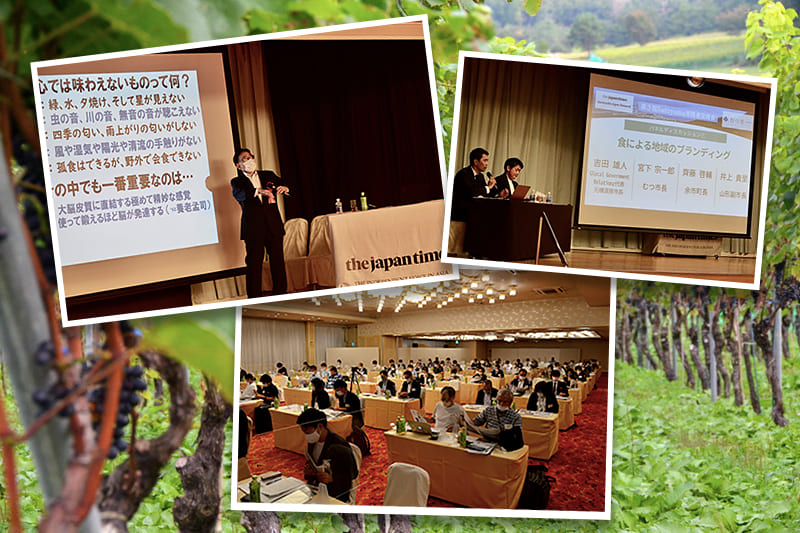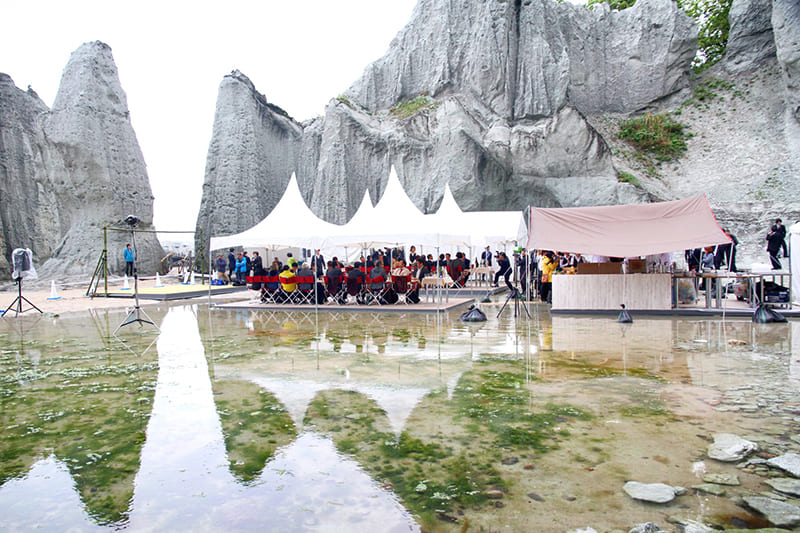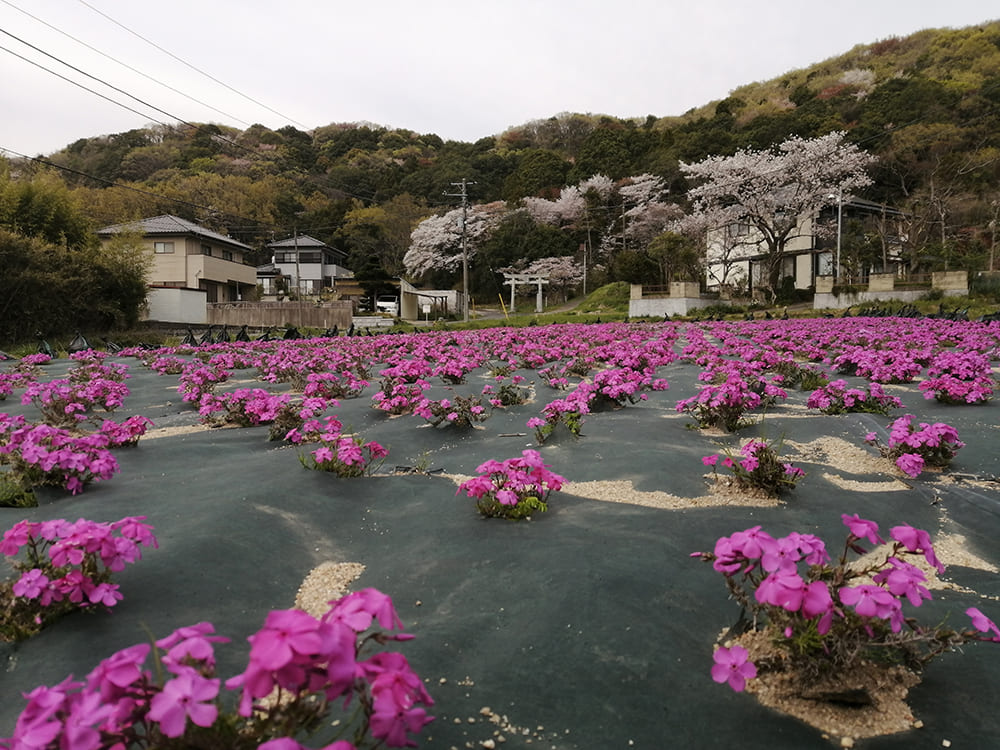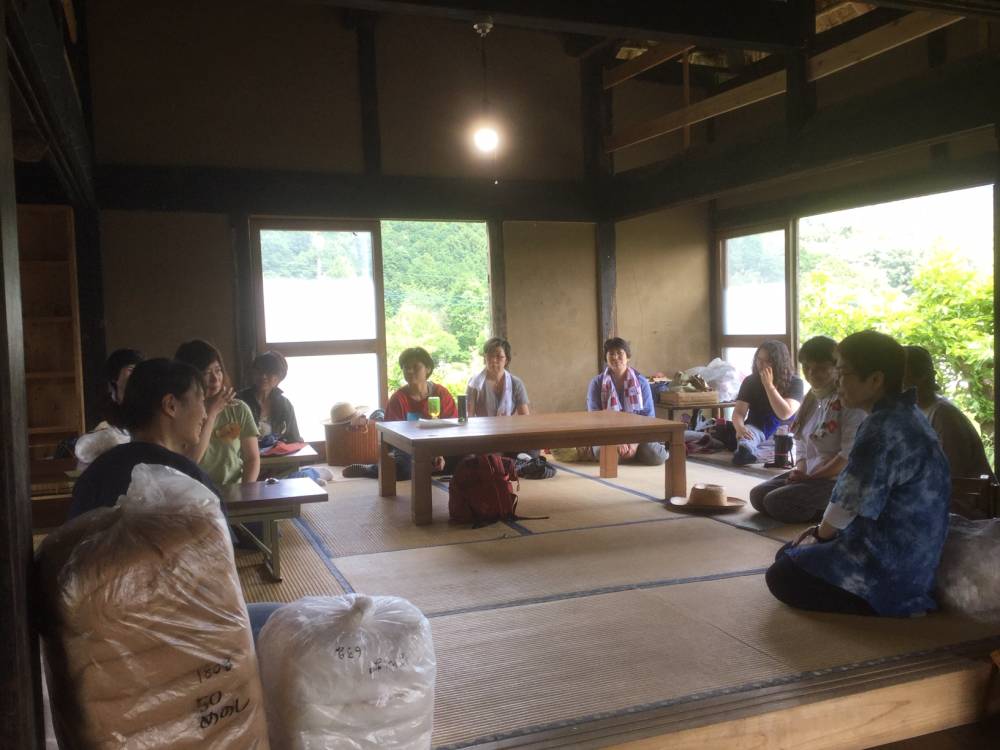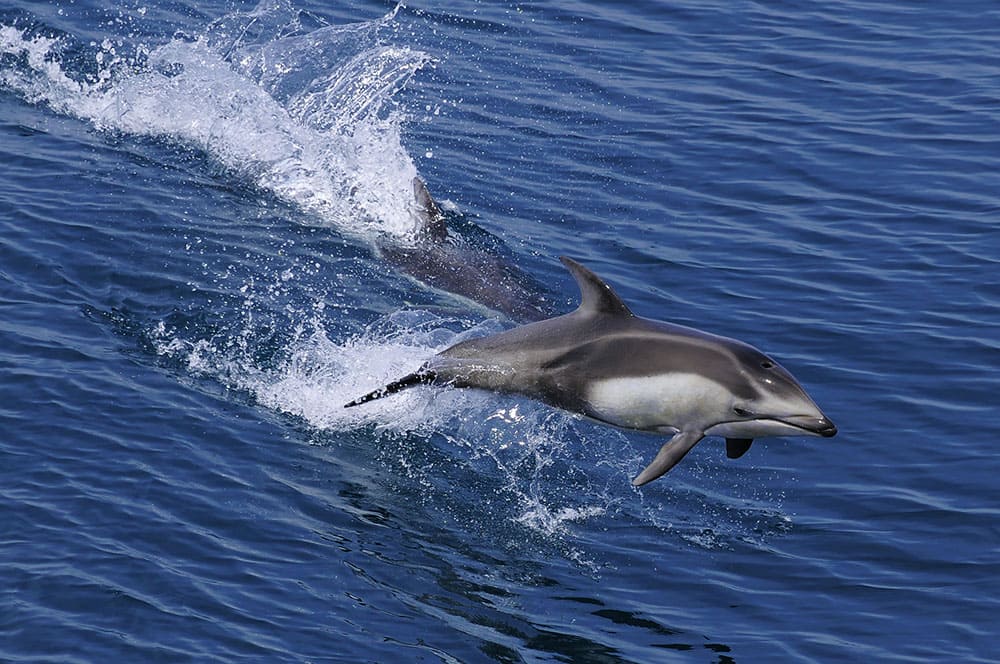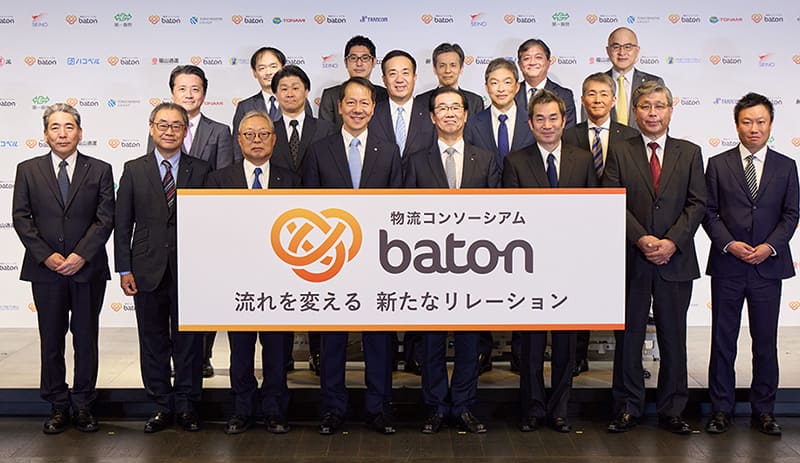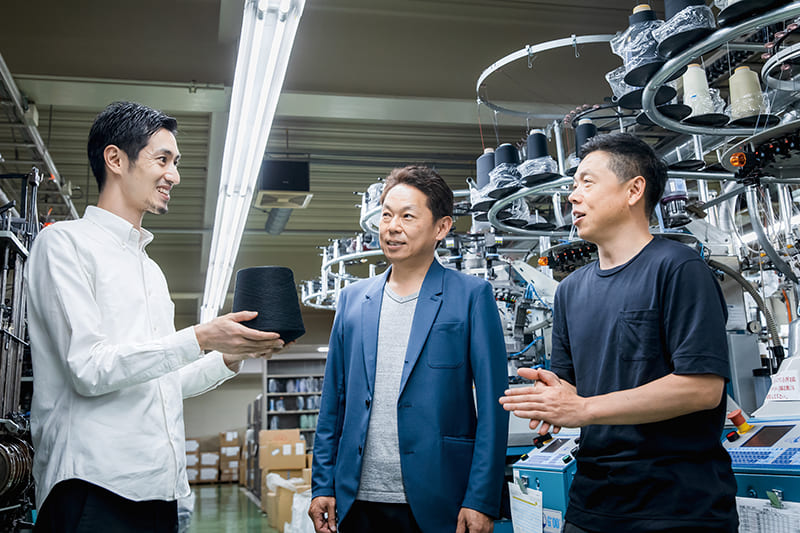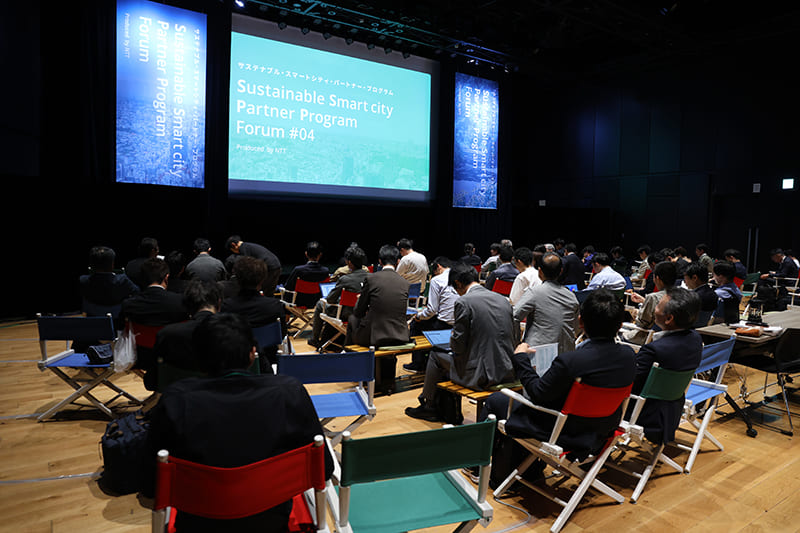January 24, 2022
Involving locals helps promote and preserve Japanese geoparks
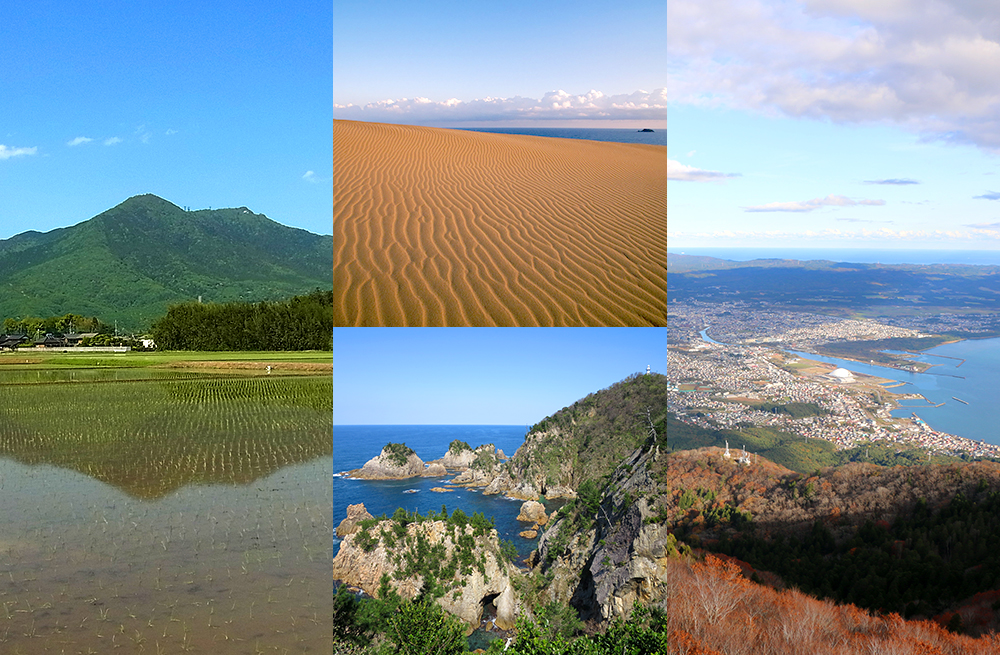
There are 169 UNESCO global geoparks in 44 countries. In Japan, there are 44 national geoparks certified by the Japan Geopark Committee, including nine areas that have also been registered as UNESCO global geoparks.
Geoparks are not just about protecting unique geological sites and landscapes. They provide opportunities for learning how people and nature have interacted up to now in those areas and how people can sustainably use their resources to promote their beauty and hand it down to future generations. The 20th Satoyama Cafe, an online talk event organized by the Japan Times Satoyama Consortium that was held on Dec. 7, invited three officials representing San’in Kaigan Geopark, the Mount Tsukuba Area Geopark and Shimokita Geopark to share what they have to offer to visitors as well as to the local residents.
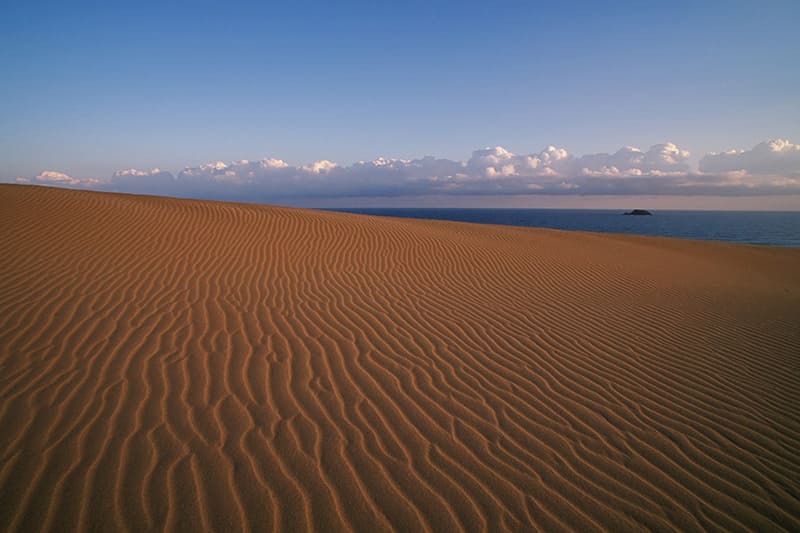
Kazuya Ando, deputy director of the San’in Kaigan Geopark Museum of the Earth and Sea, said the geopark — which faces the Sea of Japan and covers an area larger than metropolitan Tokyo — presents evidence of when and how a stretch of land broke off from the Eurasian continent and became the Japanese archipelago. “The history of the Earth from the time when the Sea of Japan was born can be observed in the rocks, strata and fossils in the area,” he said. Because of its geological value, the geopark was certified as a UNESCO global geopark in 2010.
The area — which stretches for about 120 kilometers from east to west and 30 km from north to south, covering the northern parts of the prefectures of Kyoto, Hyogo and Tottori — also offers diverse landscapes including the Tottori Sand Dunes, the town of Iwami’s rocky granite coast and mountains higher than 1,000 meters. “For visitors to enjoy the scenery of the geopark and meeting local people, we opened a new geopark trail that extends 230 km,” Ando said.
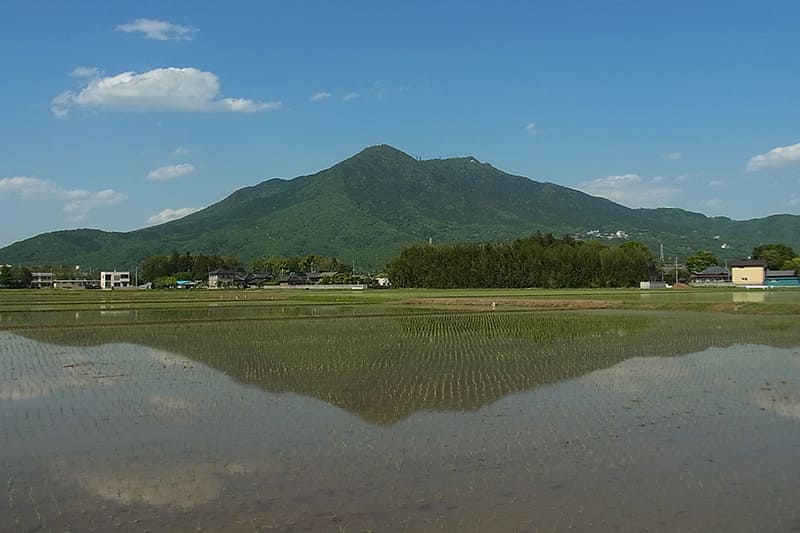
The Mount Tsukuba Area Geopark covers an area that comprises 20% of the entire prefecture of Ibaraki and has three distinctive features: Mount Tsukuba, Lake Kasumigaura and the Kanto Plain.
Yuji Ito, director of the Tsukuba municipal government’s Geopark Department, explained the importance of the role that local residents play in preserving and promoting the natural assets of geoparks. There is a fossil oyster shell site in Sakihama on the lakeside of Kasumigaura, but it had been covered with weeds with little maintenance. “But as soon as we put up a sign there in 2017 that describes what this fossil site is about, the local residents started to voluntarily clean the site so that the enormous amount of oyster shells stuck in the stratum is visible again,” he said, adding that now the area is included in geopark tours.
The geopark has 55 guides who lead tours, and Ito explained that they will also be in charge of showing visitors around a new tourist facility to be opened in 2023. “We are turning an old junior high school building into a place where we can connect people and people, and people and culture and nature in the area,” said Ito.
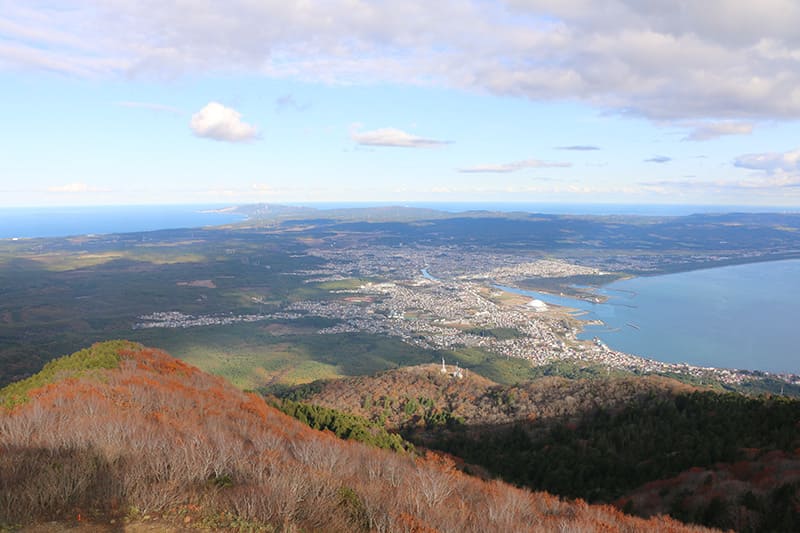
Shimokita Geopark is located on Aomori Prefecture’s northernmost peninsula, surrounded by seas with three different characters: the wild Tsugaru Strait, the quiet Mutsu Bay and the dynamic Pacific Ocean. The geopark is about two-thirds the size of Tokyo.
In addition to the waters that bring a wide variety of marine resources to the area, the geopark offers diverse landscapes including gigantic rocks and cliffs, natural forests and mountains, hot springs, rivers, plains and sand dunes. “We are making efforts to make this area sustainable by preserving and utilizing the resources while nurturing a love for the hometown and improving the regional value,” said Satoshi Ishikawa, a doctor of science and a promoter of Shimokita Geopark. Various activities and events are conducted for and with the locals such as beach cleanup operations, study meetings and lectures, tree-planting ceremonies and a camp event for children. He said they also use messaging services and other media to promote the area and events for visitors, including the visitor center, guided tours and markets for local products.
Ishikawa stressed that in order to stop depopulation, it is important to promote the area to make locals want to stay and visitors want to come back or even move there, saying the geopark and its resources are sustainable because people live there.
To conclude the session, Ando from San’in Kaigan Geopark said: “Geoparks make you realize that human lives are part of the diverse activities of the Earth and reveal regions’ charms. Now that we are aware that many things can be done online, you have the option to live and work from anywhere you like.”

